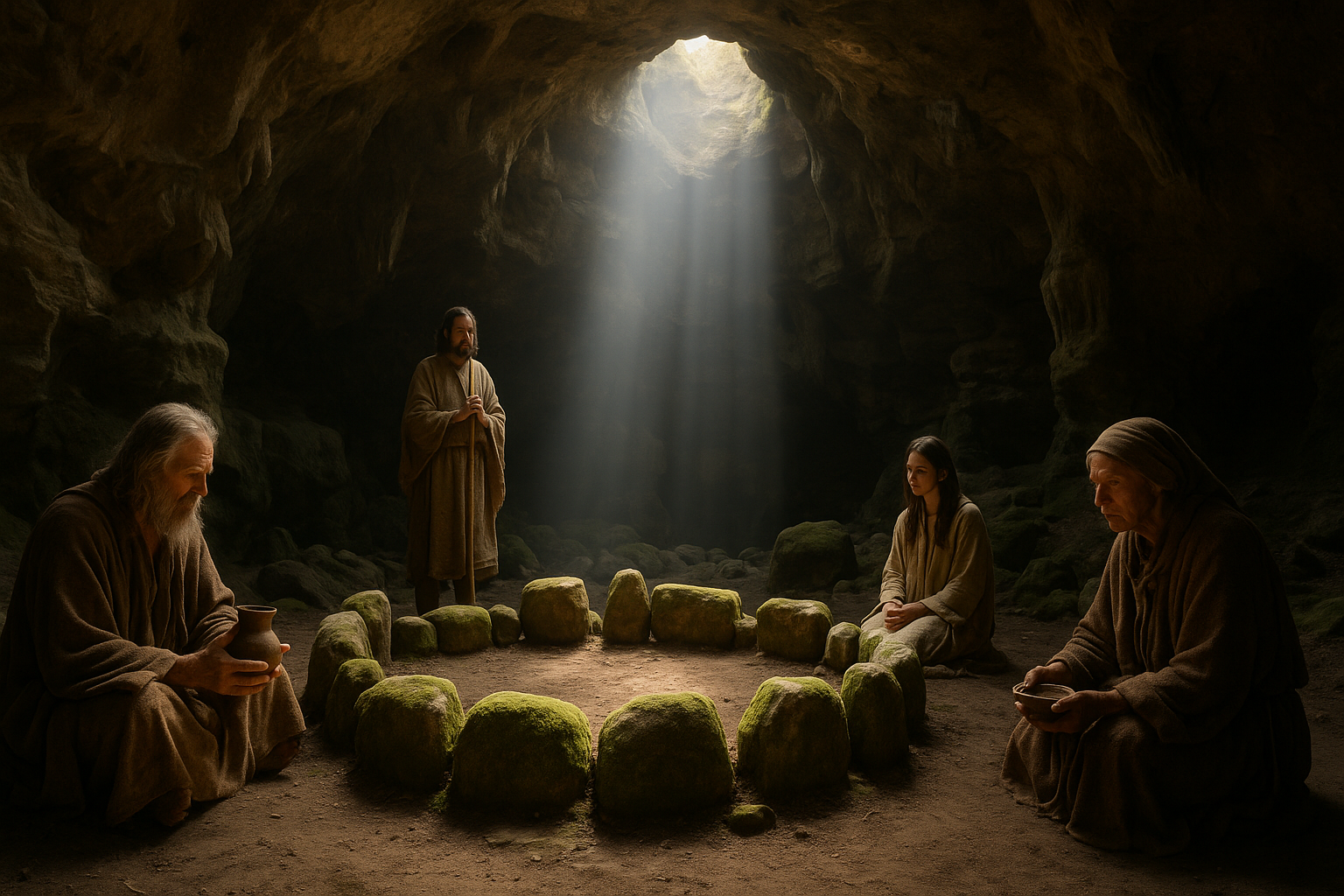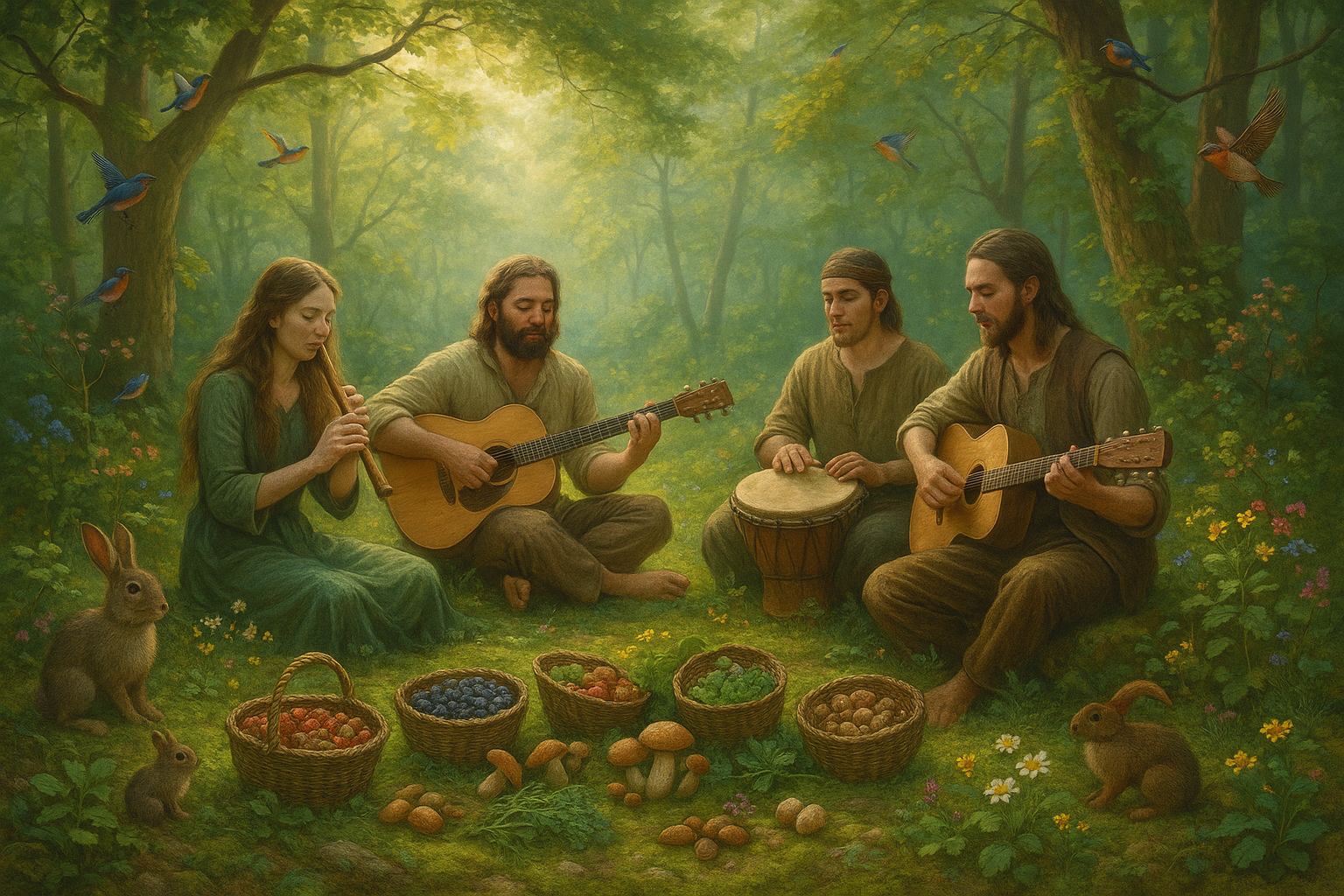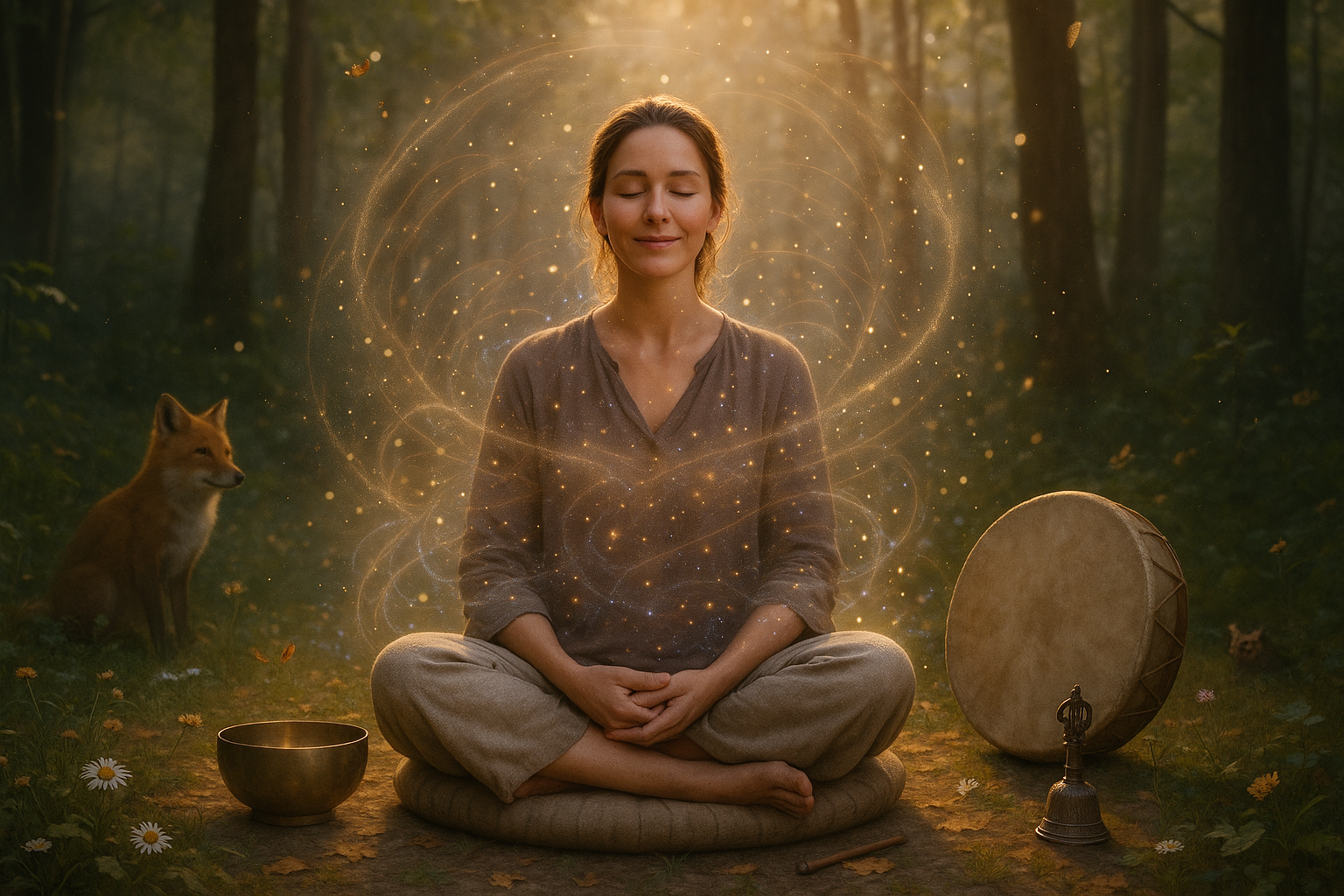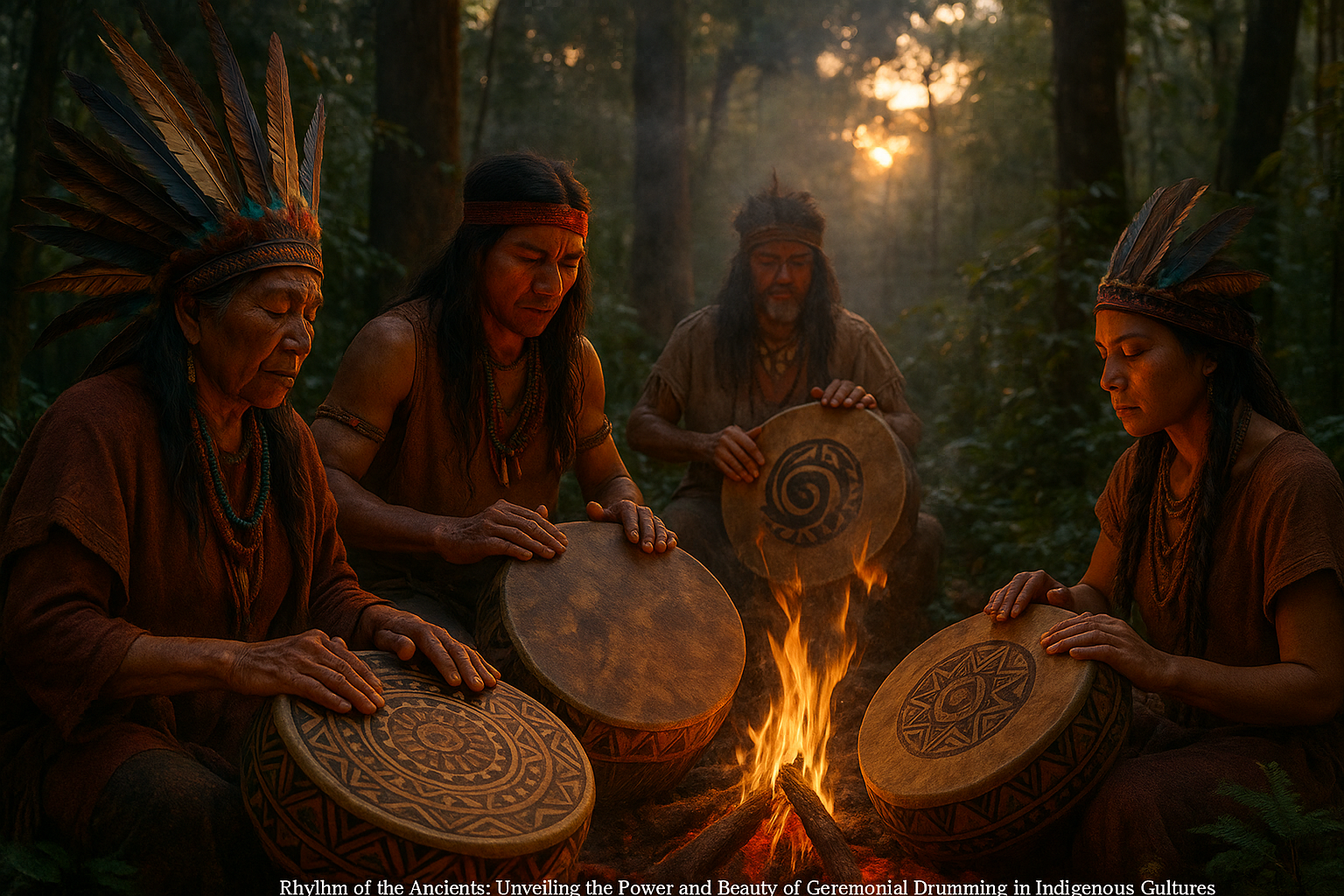In a world increasingly dominated by visuals, it’s easy to overlook the profound impact that sound can have on our emotions, perceptions, and experiences. Yet, the perfect soundtrack can transform a moment, etching it into memory with a depth and vibrancy that visuals alone often fail to achieve. Whether it’s the subtle background music in a film, the curated playlist for a retail environment, or the personalized selection of tracks for a special event, audio curation plays a critical role in shaping our experiences. Welcome to “Mastering the Art of Audio Curation: Expert Techniques for Crafting the Perfect Soundtrack,” where we delve deep into the nuances of this often-underappreciated craft.
At its core, audio curation is about storytelling through sound. It involves selecting and organizing audio elements to create a desired emotional journey for the listener. But achieving mastery in this art form requires more than just a good ear for music. It demands an understanding of the psychological impact of sound, an appreciation for the diverse tastes of audiences, and a knowledge of the technical aspects of audio production. In this article, we will explore these dimensions in detail, providing insights from experts in the field and sharing practical tips to elevate your audio curation skills.
We’ll begin by exploring the psychology of sound and how it influences human emotions and behaviors. Sound can evoke nostalgia, inspire action, or soothe the soul, and understanding these effects is crucial for any curator aiming to create a meaningful auditory experience. From the tempo and key of a song to its lyrical content, each element plays a role in shaping the listener’s response. We’ll examine case studies and research findings that reveal the science behind sound’s powerful impact.
Next, we’ll delve into the art of audience analysis and how to tailor your audio selections to meet the needs and preferences of diverse groups. Whether you’re crafting a playlist for a bustling café, a high-energy fitness class, or a serene spa, knowing your audience is key. We’ll discuss strategies for gathering insights into audience demographics and preferences, as well as techniques for balancing popular hits with lesser-known gems to keep your selections fresh and engaging.
Finally, we’ll turn our attention to the technical side of audio curation, exploring tools and technologies that can enhance your curatorial practice. From advanced playlist algorithms to sophisticated sound editing software, there are numerous resources available to help you refine your craft. We’ll also share tips on collaboration and networking within the audio curation community, where sharing knowledge and experiences can lead to innovative approaches and creative breakthroughs.
As we journey through the multifaceted world of audio curation, our goal is to equip you with the knowledge and tools needed to create soundscapes that captivate and resonate. Whether you’re an aspiring curator, a seasoned professional, or simply a music enthusiast eager to deepen your understanding of the craft, this article offers valuable insights and inspiration. So, let’s turn up the volume and embark on this sonic adventure together. 🎧
The Evolution of Audio Curation
Audio curation has transformed dramatically over the past few decades. Initially, the process of selecting and arranging music was primarily reserved for radio DJs and music producers. However, with the advent of digital technology and streaming platforms, the art of audio curation has become more accessible to the average listener. This democratization has led to an explosion of curated playlists and personalized soundtracks that cater to every imaginable taste and occasion.
In its early days, audio curation was largely an analog process. Curators had to rely on physical media like vinyl records and cassette tapes, which required a deep understanding of the music, as well as the technical skills to manipulate the equipment. The arrival of CDs in the 1980s began to change the landscape, offering better sound quality and more flexibility in creating mixes. However, it wasn’t until the rise of MP3 technology and digital downloads in the late 1990s that the curation process underwent a major transformation.
Today, audio curation is largely driven by digital platforms. Streaming services like Spotify, Apple Music, and YouTube offer vast libraries of music at the touch of a button. These platforms use complex algorithms to suggest music based on user preferences, making it easier than ever to discover new tracks and artists. Despite the efficiency of these algorithms, human curators remain essential for crafting playlists that resonate on a deeper, emotional level.
Key Elements of Crafting the Perfect Soundtrack
To craft the perfect soundtrack, whether for personal enjoyment or professional purposes, several key elements must be considered. These include understanding the intended audience, selecting the right mix of genres, and ensuring a seamless flow from one track to the next. Let’s explore each of these components in more detail.
Understanding the audience is perhaps the most critical aspect of audio curation. A playlist designed for a high-energy workout will differ significantly from one intended for a romantic dinner. Identifying the mood and energy level of the intended audience allows curators to select tracks that will enhance the listener’s experience. This understanding can be achieved through research, surveys, or direct feedback from the audience.
Genre selection is another crucial factor in audio curation. While some playlists benefit from a diverse mix of genres, others may require a more cohesive sound. For instance, a chill-out playlist may feature ambient and downtempo tracks, while a party mix might include pop and electronic dance music. It’s essential to strike a balance between variety and cohesion to keep listeners engaged while maintaining the intended vibe.
Seamless Flow and Transitions
A seamless flow between tracks is vital to maintaining the listener’s engagement. Abrupt changes in tempo or style can disrupt the listening experience, making the playlist feel disjointed. Curators can achieve smooth transitions by considering the tempo, key, and mood of each track. Beatmatching and crossfading techniques, commonly used by DJs, can also be employed to create a more fluid listening experience.
Moreover, the order of tracks plays a significant role in the overall flow of a playlist. Curators should consider building a narrative or emotional journey through the selection and sequencing of songs. This approach can create a more immersive and memorable listening experience, encouraging listeners to engage with the playlist from start to finish.
Expert Techniques for Audio Curation
To master the art of audio curation, one must employ a range of expert techniques. These include leveraging data analytics, incorporating lesser-known tracks, and utilizing thematic elements to enhance the storytelling aspect of a playlist. Let’s delve into each of these techniques.
Data analytics is a powerful tool in the curator’s arsenal. By analyzing listening habits and demographic data, curators can gain insights into the preferences of their target audience. This information can guide the selection of tracks, helping to ensure that the playlist resonates with listeners. Platforms like Spotify offer detailed analytics that can be used to refine and optimize playlists over time.
Incorporating lesser-known tracks is another technique used by expert curators to differentiate their playlists and introduce listeners to new music. While popular songs can anchor a playlist, including tracks from emerging artists or niche genres can add depth and originality. This approach not only enhances the listener’s experience but also supports the discovery and promotion of new talent.
Thematic Elements and Storytelling
Utilizing thematic elements is a powerful way to enhance the storytelling aspect of a playlist. By weaving a narrative through the selection of songs, curators can create a more immersive and engaging experience. Themes can range from emotional journeys and seasonal moods to cultural or historical references. Thematic playlists often resonate more deeply with listeners, as they offer a cohesive and meaningful experience.
In addition to thematic elements, expert curators often employ storytelling techniques to create a dynamic flow within the playlist. This involves carefully considering the arc of the playlist, building tension and resolution through the choice and sequencing of songs. Such an approach can captivate listeners and encourage them to invest in the playlist as a whole, rather than skipping through individual tracks.
To see these techniques in action, watch this video on expert audio curation techniques by [Channel Name].
Comparative Analysis of Streaming Platforms
Different streaming platforms offer varying features and tools for audio curation. Understanding these differences can help curators choose the best platform for their needs. Below is a comparative table highlighting key features of popular streaming services.
| Feature | Spotify | Apple Music | YouTube Music |
|---|---|---|---|
| Algorithmic Recommendations | Advanced | Moderate | Basic |
| User-Created Playlists | Yes | Yes | Yes |
| Exclusive Content | Limited | Extensive | Limited |
| Cross-Platform Availability | High | High | Moderate |
The table above demonstrates the strengths and weaknesses of each platform. Spotify excels in algorithmic recommendations, making it ideal for discovering new music. Apple Music offers extensive exclusive content, which may appeal to fans of specific artists. YouTube Music, while more basic in its recommendation engine, provides a unique advantage with its vast library of music videos and user-generated content.
Each platform has its unique advantages, and the choice ultimately depends on the curator’s priorities and the preferences of their audience. For a more in-depth analysis, check out this informative video: [Video Title] on [Channel Name].

Conclusion
Crafting the perfect soundtrack is an intricate art that blends creativity, technical skill, and a deep understanding of audio curation. In this journey through the art of audio curation, we have delved into the expert techniques necessary to create soundscapes that resonate, inspire, and transform experiences.
At the core of audio curation is the understanding of the audience and the intended emotional impact. We explored how essential it is to know your listeners, recognizing their preferences, expectations, and emotional triggers. This knowledge forms the foundation upon which a curator can build a sound experience that is both engaging and evocative.
We also examined the importance of selecting the right music and sound elements to match the mood and theme of the project. Curators must have a keen ear for quality, harmony, and the ability to discern subtle nuances in audio. This expertise allows them to select pieces that complement and enhance the overall narrative or ambiance, creating a cohesive auditory journey.
In addition to selection, we highlighted the technical skills required in audio editing and mixing. Mastering these skills ensures that the final product is polished and professional, with seamless transitions and balanced sound levels. The use of modern tools and technology, such as digital audio workstations (DAWs) and sound libraries, empowers curators to manipulate audio elements with precision and creativity.
Another crucial aspect we discussed is the role of storytelling in audio curation. Soundtracks are not just background noise; they are integral to storytelling, adding depth and emotion to the narrative. We explored techniques for weaving audio elements into a compelling story that captures the audience’s imagination and keeps them engaged.
Moreover, the ethical considerations of audio curation were addressed, emphasizing the importance of respecting copyright laws and giving credit to original artists and creators. This respect for intellectual property is vital for maintaining integrity and fostering a culture of appreciation within the creative community.
As we wrap up our exploration of mastering the art of audio curation, it’s clear that this field requires a blend of artistry, technical prowess, and ethical responsibility. Audio curators have the power to shape experiences and evoke emotions, making their work both impactful and rewarding.
The importance of audio curation cannot be overstated. Whether it’s setting the mood for a film, enhancing the atmosphere of a retail space, or creating an immersive experience in a virtual environment, the right soundtrack can make all the difference. It can transport us to different worlds, evoke powerful emotions, and leave a lasting impression.
We encourage you, our readers, to apply the techniques discussed here in your own projects. Whether you’re a seasoned curator or just beginning your journey, the insights shared can help you craft soundscapes that are not only technically proficient but also emotionally resonant. Don’t hesitate to experiment with different genres, styles, and technologies to find what best suits your vision.
Feel inspired to share your experiences and insights with others in the field. Collaboration and dialogue are essential for growth and innovation in audio curation. By sharing your work and learning from others, you contribute to a vibrant and dynamic community of creators.
Lastly, we invite you to comment on this article and share it with your networks. Your thoughts and feedback are invaluable in fostering a community of practice where ideas can flourish and evolve. Let’s continue to push the boundaries of what’s possible in audio curation and create soundtracks that captivate and inspire.
For further reading and to stay updated with the latest trends in audio curation, consider exploring resources such as Sound on Sound and , where you can find in-depth articles and tutorials from industry experts. These platforms offer valuable insights and are excellent starting points for expanding your knowledge and expertise in audio curation.
In conclusion, mastering the art of audio curation is a rewarding endeavor that blends creativity, technical skill, and an understanding of human emotion. By honing your skills and embracing innovation, you can create soundtracks that leave a lasting impact and elevate the art of storytelling through sound. Let’s continue this journey together, creating soundscapes that inspire, engage, and transform. 🎶✨
Toni Santos is a sensory storyteller and soundscape artisan whose work explores the forgotten language of the Earth through acoustic ecology storytelling. With a deep reverence for the natural world’s sonic textures, Toni crafts narratives that awaken our ears to the subtle music of forests, winds, waters, and wild silence.
His creative journey is rooted in a desire to preserve and interpret the acoustic heritage of environments, both ancient and fragile. From the echo of birdsong in a disappearing jungle to the resonance of stones in sacred landscapes, Toni’s stories reflect the memory held in sound—often overlooked, yet deeply felt.
With a background in environmental aesthetics and sonic design, Toni blends field recordings, visual symbolism, and poetic insight to create immersive experiences that honor the sonic soul of nature. His work does more than document; it invites listeners to re-tune themselves to the rhythms of life that still pulse beneath modern noise.
As the voice behind Vizovex, Toni shares sound-based studies, ambient narratives, and reflective content that help others reconnect with how sound shapes memory, meaning, and place.
His work is a tribute to:
The lost soundscapes of vanishing ecosystems
The role of natural acoustics in cultural and emotional memory
The healing potential of listening deeply to the world
Whether you’re an artist, an ecologist, or someone drawn to the quiet power of listening, Toni invites you into a space where every rustle, ripple, and resonance becomes a story—one note, one place, one heartbeat at a time.





